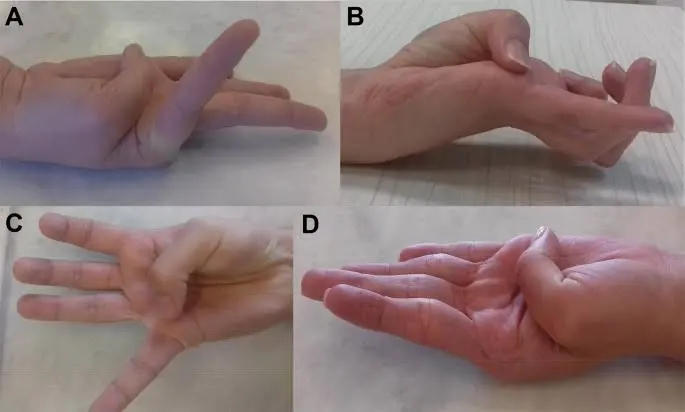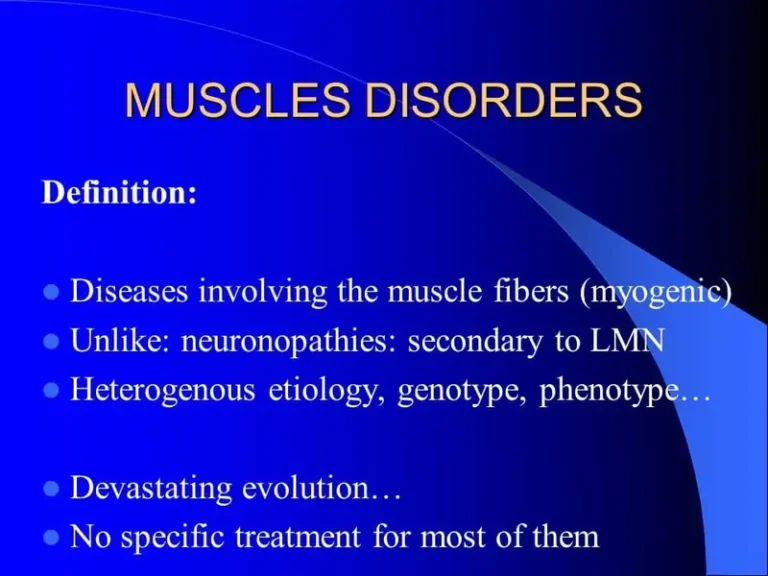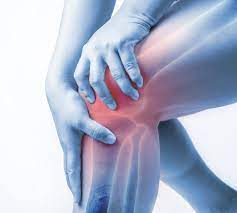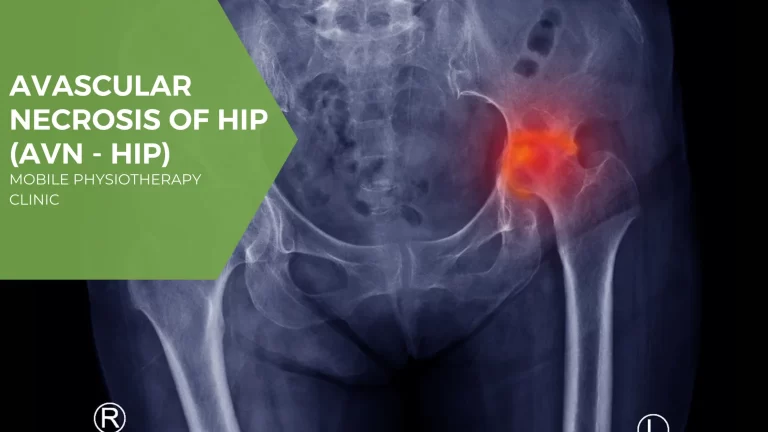Linburg Comstock anomaly
Table of Contents
Introduction of the Linburg Comstock anomaly
Linburg-Comstock syndrome is an anatomic anomaly characterized by a connection between the tendons of the flexor digitorum profundus (FDP) of the index finger and the flexor pollicis longus (FPL).
- Due to this connection between the tendons, the thumb’s interphalangeal (IP) joint, and the index finger’s distal interphalangeal (DIP) joint flex involuntarily. This abnormality has a 37% prevalence and a stronger unilateral sign distribution than bilateral.
- Linburg-Comstock syndrome is often asymptomatic, though it can occasionally cause pain in the hand, wrist, or distal forearm. Similar to carpal tunnel syndrome, tendon inflammation, the presence of extra tendons, or synovitis within the carpal tunnel can also cause median nerve symptoms, People who have thumb and finger tremors, such as musicians, are more prone to pain and symptoms similar to carpal tunnel syndrome. To prevent the symptoms, the connection between FPL and FDP can be surgically released.
Related Anatomy of the Linburg Comstock anomaly
Related anatomy for the linburg camstock deformity is as below mentioned paragraph,
There are several different ways that the flexor digitorum prefunds and flexor pollicis longus can link. These include a tendinous link between the flexor pollicis longus and the flexor digitorum prefunds of the index. a muscle that contains the thumb and index finger’s bifurcated (divided into two) tendons. a typical muscle for the thumb and long fingers that has five tendons
Epidemiology of the Linburg Comstock anomaly
Epidemiology for the linburg camstock deformity is as below mentioned paragraph,
According to the original study, among 194 individuals, this variant occurred unilaterally in 31% (either in the left or right hand) and bilaterally in 14% (in both hands). The reason for the persistent tenosynovitis was four cases. According to a recent meta-analysis, 21% of people have a relationship.
Development of the Linburg Comstock anomaly
Development for the linburg camstock deformity is as below which is help you to identifying how it developed as a whole condition.
A possible cause of Linburg-Comstock variation and syndrome is the divergence of human and non-human primates by evolutionary paths. The flexor digitorum prefunds and the flexor pollicis longus have the same mesodermal mass of origin.
The flexor pollicis longus develops separately in humans, while in non-human primates, there is simply one flexor muscle for each finger. One could consider Linburg-Comstock syndrome to be an evolutionary persisting structure. Whether a relationship is innate or developed at a later stage of development is still up for debate.
Signs and symptoms of the Linburg Comstock anomaly
Signs and symptoms for the linburg camstock deformity is as below which is help you to get identifying the condition.
- Several case reports indicated that symptoms might appear following a strong extension of the index finger with the thumb flexed, even when the Linburg–Comstock variant is still asymptomatic. Those who require the fine and autonomous capability of the fingers, like musicians, may also have symptoms from heavy and repetitive wrist and forearm use.
- When the patient cannot flex the thumb without also flexing the distal interphalangeal joint of the index or middle finger, or vice versa, this anomaly becomes clinically apparent.
- When conducting a manual muscle test on the index finger, if you hold the other digit fully extended (which frequently sounds comfortable), you will not be able to adequately assess the muscle’s capabilities and you will not obtain an accurate result.
- If one finger has had the FPL or FDP tendon repaired, then allowing the other to move freely (or with resistance) may cause the repaired tendon to rupture due to excessive resistance to active flexion. It is advisable to give the patient instructions to concurrently flex the thumb and index finger if your objective is to increase the active excursion of the thumb’s FPL or index finger. another digit to enhance the two tendons’ simultaneous proximal excursion. This abnormality may be the reason for a patient’s complaints of forearm pain.
Variation of the Linburg Comstock anomaly
Variation for the linburg camstock deformity is as below which is help you to get identifying differentiation of the disease.

The Linburg-Comstock variety may aggravate some hand injuries as well as result in limitations that could endanger one’s job. Future researchers are encouraged by this review to stick to a single nomenclature: “Linburg-Comstock variation” should be used in situations where the variation is symptomatic, and “Linburg-Comstock syndrome” should be used when no symptoms are present.
Diagnosis of the Linburg Comstock anomaly
Many for the linburg camstock deformity is as below which is help you to identifying of the disease.
- The examiner keeps the wrist extended and the index finger fully extended. Request that the patient vigorously stretch their thumb as much as they can. The examiner next asks the patient to aggressively stretch their index finger as far as they can while maintaining full extension of their thumb and wrist, being sure to contract the FDP muscle. The patient will describe pain in the volar forearm during attempted flexion, and the examiner will feel the tension in the digit being held as it flexes if the Linburg-Comstock anomaly is present.
- Linburg and Comstock syndrome can be verified and localized using magnetic resonance imaging (MRI).
Hand hug test
hand hug test for the linburg camstock deformity is as below which is help you to get diagnosis of the disease.
- A unique clinical diagnostic for this illness is the “hand hug test.” With all of the digits lined up in extension, the patient’s afflicted hand palm is placed on the examiner’s ipsilateral palm. The thumbs have been taken off. The examiner asks the patient to “hug”—that is, to bend their thumb around their hand—while the patient does the same. The thumb of the patient with the Linburg-Comstock abnormality cannot perform a “hand hug” because the patient’s index finger and the examiner’s small finger are lined up and obstructing each other in extension.
Treatment of the Linburg Comstock anomaly
Treatment for the linburg camstock deformity is as below mentioned paragraph.
Depending on the type of connection, surgery may involve cutting the tendinous link or dividing it into two distinct tendons. It is also possible to eliminate the muscle bellies linked to the symptoms. Which may be help to get out from this condition known as lingburg camstock deformity.
Post-surgical rehabilitation may be necessary to optimize recovery and restore hand function. This could involve splinting, physical therapy exercises, and other measures to encourage recovery and avoid problems. The individual’s condition and the complexity of the surgical treatment will determine the rehabilitation strategy that is best for them.
Summary of the Linburg Comstock anomaly
An infrequent tendinous connection between the flexor pollicis longus and the flexor digitorum profundus of the index, middle finger, or both is known as the Linburg–Comstock variant. Approximately 21% of people have it. It is a human anatomical variation that could be considered pathological if it results in symptoms. Although it was identified in the 1800s, Linburg and Comstock provided the first description of it in 1979.
FAQs
There have been reports of a prevalence range of 13–66%.
The incapacity to actively flex the thumb’s interphalangeal (IP) joint without also flexing the index finger’s distal IP joint is a defining feature of the Linburg-Comstock (LC) syndrome.
Physical Therapy. In order to create two distinct tendons, the tendinous link may be removed or separated during surgery.
Although the exact causes of this anomaly’s symptoms are unknown, overuse injuries and flexor tenosynovitis are the most significant contributing factors.
With separate flexion of the flexor pollicis longus and flexor digitorum profundus to the index finger, ten patients reported significant relief from forearm pain. In this case, surgical release worked well to treat Linburg-Comstock syndrome.
People who perform repetitive thumb and finger motions, like musicians, are more prone to experiencing pain or symptoms similar to carpal tunnel syndrome. To relieve symptoms, the connection between FPL and FDP can be surgically released.
Numerous studies indicate that the anomaly currently being studied is either acquired or congenital.
Depending on the severity of your condition, treatment options can vary from rest to surgery. it can be managed without surgery by resting your hands, using a splint at night, stretching exercises, and receiving a steroid injection.
With separate flexion of the flexor pollicis longus and flexor digitorum profundus to the index finger, ten patients reported significant relief from forearm pain. In this case, surgical release worked well to treat Linburg-Comstock condition.
References
- Wikipedia contributors. (2023c, October 25). Linburg–Comstock variation. Wikipedia. https ://en.m.wikipedia.org /wiki /Linburg% E2% 80% 93Comstock_ variation
- Materi, M., & Materi, M. (2022b, June 2). Linburg Comstock syndrome | Hand Therapy Academy. Hand Therapy Academy. https ://www.hand therapyacademy.com/ evaluation /a-fun-fact-from-a-hand-therapy-student/
- Apard, T., Duncan, A. K., & Lalonde, D. H. (2023). The Hand Hug: a novel test for Linburg–Comstock syndrome and wide-awake correction of the anomaly. Plastic and Reconstructive Surgery – Global Open, 11(3), e4826. https://doi.org /10.1097/gox.0000000000004826
- Barabás, A., & Lloyd, N. (2013). Orthotic device and exercise regime for flexor pollicis longus tendon repair in cases with possible Linburg –Comstock anomaly. Hand Therapy, 18 (2), 64–66. https: //doi.org /10. 1177 /1758 99831 3495 636
- Yetnem(2023). The Hand Hug: a novel test for Linburg–Comstock syndrome and wide-ultimate correction of the anomaly. Plastic and Reconstructive Surgery – Global Open, 11 (3), e 4826. https ://doi.org /10.1087/gox.00000000 0460







